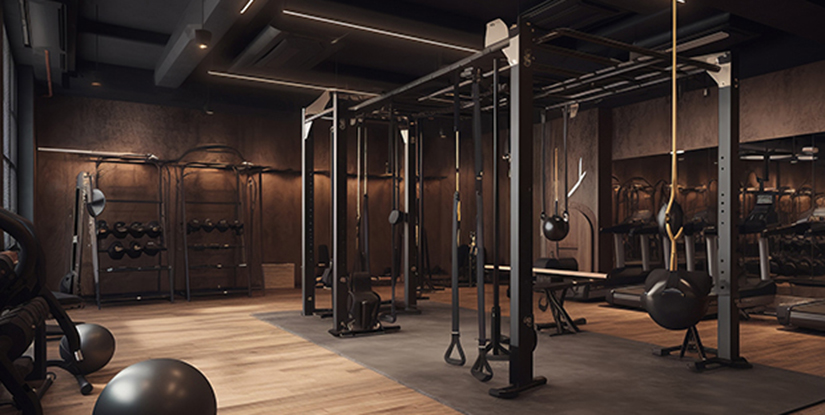Fitness Equipment Guide: Choose, Use, and Maintain Gym Gear

Overview of Fitness Equipment
Fitness equipment spans a wide range of machines and accessories designed to improve cardiovascular health, strength, flexibility, and overall wellness. Whether for home use or commercial gyms, choosing the right equipment depends on goals, space, budget, and user experience.
Categories and Common Options
- Cardio: treadmills, stationary bikes, ellipticals, rowing machines.
- Strength: free weights, dumbbells, kettlebells, barbells, power racks, plate-loaded machines.
- Functional Training: resistance bands, suspension trainers, medicine balls, sleds.
- Recovery and Mobility: foam rollers, massage guns, stretching equipment.
How to Choose the Right Equipment
Start with clear fitness objectives. For fat loss and cardiovascular health, prioritize cardio machines with reliable resistance settings and comfort features. For muscle building, invest in quality strength equipment—free weights and a stable bench often deliver the best versatility. Consider ergonomics, adjustability, and durability, and ensure the equipment fits available space.
Setup, Safety, and Best Practices
Proper setup reduces injury risk. For machines, follow manufacturer assembly and placement guidelines, leaving adequate clearance. For free weights, use a stable floor and a power rack when lifting heavy. Warm up before intense sessions and prioritize correct form over heavier loads. Inspect cables, bolts, and moving parts regularly.
Maintenance and Longevity
- Clean upholstery and surfaces after use to prevent sweat-related wear.
- Lubricate moving parts and check belts per manufacturer intervals.
- Replace damaged grips, pads, or cables immediately.
- Keep an equipment log for commercial settings to track servicing.
Budgeting and Buying Tips
Balance initial cost with long-term value. Mid-range equipment often offers the best price-to-durability ratio. Consider certified pre-owned commercial machines for home gyms to save costs. Test equipment in-store when possible, read reviews, and verify warranty and customer support policies.
Top Picks for Different Needs
- Small spaces: adjustable dumbbells, foldable treadmill, resistance bands.
- Strength focus: power rack, Olympic barbell set, adjustable bench.
- Cardio emphasis: belt-driven treadmill, magnetic bike, compact rower.
Conclusion
Selecting fitness equipment is a strategic decision that should align with your goals, space, and budget. Prioritize safety, durability, and proven functionality to maximize training outcomes and return on investment.
Frequently Asked Questions
- Q: What is the best equipment for beginners?
A: Start with adjustable dumbbells, a bench, and resistance bands to build foundational strength safely. - Q: How much space do I need for a home gym?
A: A basic setup requires 20–40 sq ft; more comprehensive setups need 80–150 sq ft depending on equipment size. - Q: Are commercial machines worth the extra cost?
A: Yes, commercial machines often offer superior durability and warranty support for heavy use. - Q: How often should I maintain equipment?
A: Inspect weekly for wear; perform manufacturer-recommended servicing monthly or as specified. - Q: Can I build muscle with just cardio equipment?
A: Cardio alone is insufficient for significant hypertrophy; combine with resistance training for muscle growth. - Q: What should I look for in a treadmill?
A: Look for motor power, belt size, shock absorption, incline options, and a solid warranty. - Q: Are adjustable dumbbells reliable?
A: Quality brands are reliable and space-efficient; verify locking mechanisms and weight increments. - Q: How to choose between free weights and machines?
A: Free weights offer functional strength and range of motion; machines provide guided movement and isolation—use both for balance. - Q: Is it better to buy new or used equipment?
A: Used equipment can be cost-effective if inspected for wear; prioritize new for critical parts like electronics and belts.

